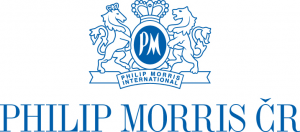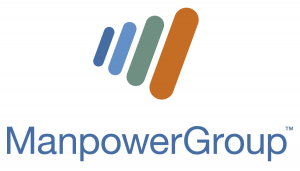M&A in 2018: Tech-smart deals and portfolio transformation
17.01.2018Company: EY
Digital transformation to drive deals with M&A remaining strong
Private equity resurgence and US tax reform fuel deal appetite
Value creation is no longer just about the bottom line
The mergers and acquisitions (M&A) outlook in 2018 looks robust with global corporates seeing deals as a significant opportunity for growth this year. There is a heightened appetite to do deals in the next 12 months among global executives looking to acquire, with digital transformation remaining a core driver of M&A.1
While 2017 global deal value fell 7%2(US$3.2t) compared to 2016, deal volumes increased 6%.
The slowdown in mega deals, which characterized 2017 activity, will likely continue as regulatory scrutiny on big mergers increases, although US tax reform could precipitate appetite for large deals in the near term. The drive toward a digital future will likely see more innovative start-ups and nimble tech-enabled businesses targeted, with global corporates seeking to complement their own organic strategies.
Steve Krouskos, EY Global Vice Chair – Transaction Advisory Services, says:
“US tax reform could trigger some near-term large deals, but the biggest M&A story of 2018 will be the continuing era of portfolio transformation. Companies will continue to reshape themselves and acquire technology and digital assets that will help define their future. Tech-smart deals will help companies future-proof their operations and address continuously changing business models. We should see a strong continuation of deals in the range of US$1b to US$5b as companies buy and sell to transform their portfolios.”
PE buyers team with corporates on mega deals
The US$340b3 value of private equity-driven M&A in 2017 marked a ten year high and further activity can be expected in 2018, with US$628b4 of available cash earmarked for buyouts.
While posing a competitive threat to corporate deal-makers, an emerging trend in 2017 was private equity (PE) buyers joining forces with companies on bigger deals.
Krouskos says: “We have become accustomed to PE and corporates competing for the same assets. The emerging trend of collaboration on M&A should result in more deal activity overall as these new kinds of alliances come to the deal table.”
The uptick in European PE activity seen in 2017 should continue as economic confidence in the region strengthens.
Cross-border deals a necessity despite nationalistic tendencies
Cross-border dealmaking within Europe and beyond will also accelerate in 2018, with the majority of those companies planning a deal looking outside their own national borders.5
China outbound deal flows are also expected to be an important part of global M&A. Outbound M&A value (US$114b) 6 and volume (608 deals)7 from China though lower than 2016 record levels, outstripped any year previous to that. Domestic consolidation accelerated in 2017 and is expected to grow further in 2018. More inbound activity by non-Chinese companies can also be expected, especially in financial services and consumer products.
Krouskos says: “Globally integrated business models and supply chains that stretch across many borders are a fact of life. There is no way or reason to unravel that and dealmaking in 2018 will continue to reflect the interconnected business world, despite any protectionist sentiment.”
Geopolitical and regulatory risks remain a concern for dealmakers
Executives cite further increases in regulatory scrutiny among the top risks that could undermine deal activity in 2018. Almost half (43%) of corporates cite geopolitical uncertainty as the greatest risk to their business.8
Krouskos says: “Companies are proactively finding solutions to regulatory challenges to help ensure deals are done. They know that standing still from an M&A perspective is no longer an option.”
Value creation is no longer just about the bottom line
With a wide variety of stakeholders in today’s business environment, the demand for value creation beyond just the bottom line is rising. As such, 45%9 of executives say they need to communicate a broader narrative that clearly articulates the rationale for deals to engage a wider stakeholder set – including shareholders, regulators, employees and local communities.
Krouskos says: “The ‘purpose’ of a deal now needs to speak beyond typical synergies and cost savings to address the concept of inclusive growth. Articulating this narrative in a compelling way to ensure all stakeholders are onside will become increasingly key to unlocking future M&A opportunities.”
1 - Global Capital Confidence Barometer, October 2017, 56% intend to acquire in the next 12 months.
2 - Dealogic data and EY analysis, excludes real estate asset acquisitions. Data accessed 28th December 2017.
3 - Dealogic data and EY analysis, excludes real estate asset acquisitions. Data accessed 28th December 2017.
4 - Dealogic data and EY analysis, excludes real estate asset acquisitions. Data accessed 28th December 2017.
5 - Global Capital Confidence Barometer, October 2017.
6 - Dealogic data and EY analysis. Data accessed 28th December 2017.
7 - Dealogic data and EY analysis. Data accessed 28th December 2017.
8 - Global Capital Confidence Barometer, October 2017.
9 - Global Capital Confidence Barometer, October 2017.
Tags: Finance | Business Development |







